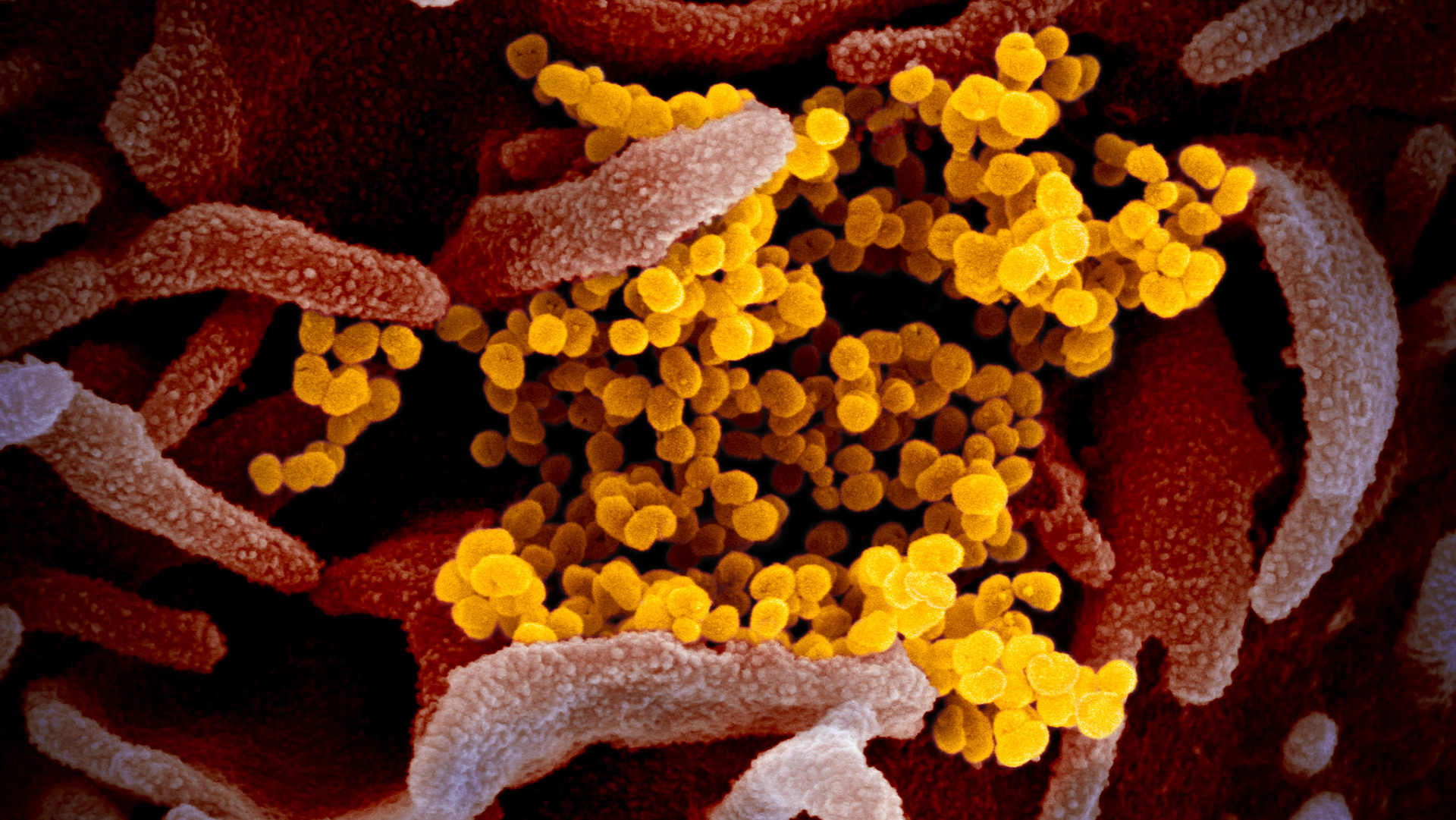Viruses have always been difficult to kill. While some antiviral medications can treat viral infections, most only weaken their effects. Antibiotics are not effective because they are designed to treat bacterial infections. When faced with a virus, our body’s immune system is put to the test—for viruses rely on a living host cells to reproduce and multiply.
“By replicating, they kill host cells, in our case human cells, causing damage to our body. Hopefully, our immune system stops it,” said Jeff Kyle, a professor in Samford University’s McWhorter School of Pharmacy with a focus in infectious diseases. “While many viruses are self-limiting, resolving in a matter of days, some viruses continue to replicate and cause harm, especially if it is a new, or novel, virus. Our bodies unfortunately do not recognize new viruses, making it very difficult for us to fight it.”
Throughout history, viruses have been the source of a number of epidemics, including Ebola, Zika, MERS, and SARS. Today, we are seeing the impact of the latest—SARS-CoV-2—which causes the infection we know as COVID-19.
All of these disease states have a common thread: They are difficult to treat.
A Pathway to Treatment
“Certainly, we have made advances in antiviral drug therapies, but viruses are simply harder to treat than bacteria,” said Howard Hendrickson, professor and chair of McWhorter School of Pharmacy’s Department of Pharmaceutical Sciences. “In addition, this coronavirus is an RNA-based virus with unique repair mechanisms, or proofreading proteins that other RNA-viruses lack. Its structure is hardy and rugged; if a drug tries to damage the cell—or kill it—it has the ability to repair itself.”
Currently, there are no treatments available that specifically target SARS-CoV-2. Most patients are receiving supportive care to provide relief of their symptoms, like fever and shortness of breath. Yet in some cases, prescribers are utilizing existing, well-known medications that have shown in vitro activity against SARS-CoV-2—to tackle the infection directly.
Prescribers have begun using antimalaria agents like chloroquine phosphate and hydroxychloroquine as well as lopinavir/ritonavir, an HIV medication. While these drugs may show promise, pharmacists and other medication experts still don’t know the answers to the critical questions: Are these drugs effective on a larger scale? If so, what is the optimal dose and duration?
“This is an off-label use of the drug. Physicians can prescribe these medications for patients if they think it will help, but right now, it’s difficult to know what’s going to work and what’s not,” Hendrickson said.
Chloroquine, or chloroquine phosphate, disrupts the ability of certain viruses from entering the host cell, inhibits replication of the virus, and decreases overall inflammation. But work is just beginning on whether this drug will have the same benefit in COVID-19.
There is a drug under investigation, Kyle explains, that is most promising. Remdesivir, a broad-spectrum antiviral developed by the manufacturer Gilead, has shown activity against the coronavirus. “It’s in phase three trials, but it’s not yet FDA approved or available commercially,” he said. “But it’s my understanding that it's being used in hospitals through compassionate use and expanded access programs for severely ill patients with confirmed COVID-19.”
The disclaimer is that the resources and information about treatments is changing daily, even hourly. “Just last week, we began to hear about new options, like plasmapheresis, which is a therapy that uses plasma from patients who have recovered from COVID-19 and transferring it to severely ill COVID-19 confirmed patients to provide antibodies to fight the virus,” Kyle said.
This is why it is critical that we use reliable sources for fact gathering, including the World Health Organization (WHO), the Centers for Disease Control and Prevention (CDC), the Food and Drug Administration (FDA), and for pharmacists, information provided by the American Society of Health-System Pharmacist (ASHP) and American Pharmacists Association (APhA).
The Development of a Vaccine
While drug discovery and development can take years—even decades—a vaccine for SARS-CoV-2 is far more likely to be available within one or two years. Small clinical trials are underway, it will likely be the fall before larger trials can begin.” Hendrickson said.
According to the World Health Organization there are 47 vaccine candidates and two of these are in human safety trials.
But as a pharmacist, Kyle recognizes there is a dichotomy. "From the beginning, people have compared coronavirus to the flu. Today, we can say with certainty that COVID-19 has caused more deaths than this year’s influenza,” he said. “Yet if a vaccine is developed and available in fall 2021, the question remains: Will the public be receptive to it? Or will they be opposed, like many are with other vaccinations?”
This connects with a key aspect of a pharmacist’s job: educating the public on the safety of medication and the importance of preventative measures like vaccines. “As pharmacists, we are called to use our clinical knowledge to ease our patients’ anxieties,” Kyle said.
While a vaccine would be the greatest pharmaceutical measure to prevent the spread of viruses, like SARS-CoV-2, the best steps we can take to prevent illness and the disease are simple. “Wash your hands and follow the social practices outlined by agencies like the CDC,” Kyle said. “This truly is the greatest defense we have.”
Image credit to NIAID-RML

